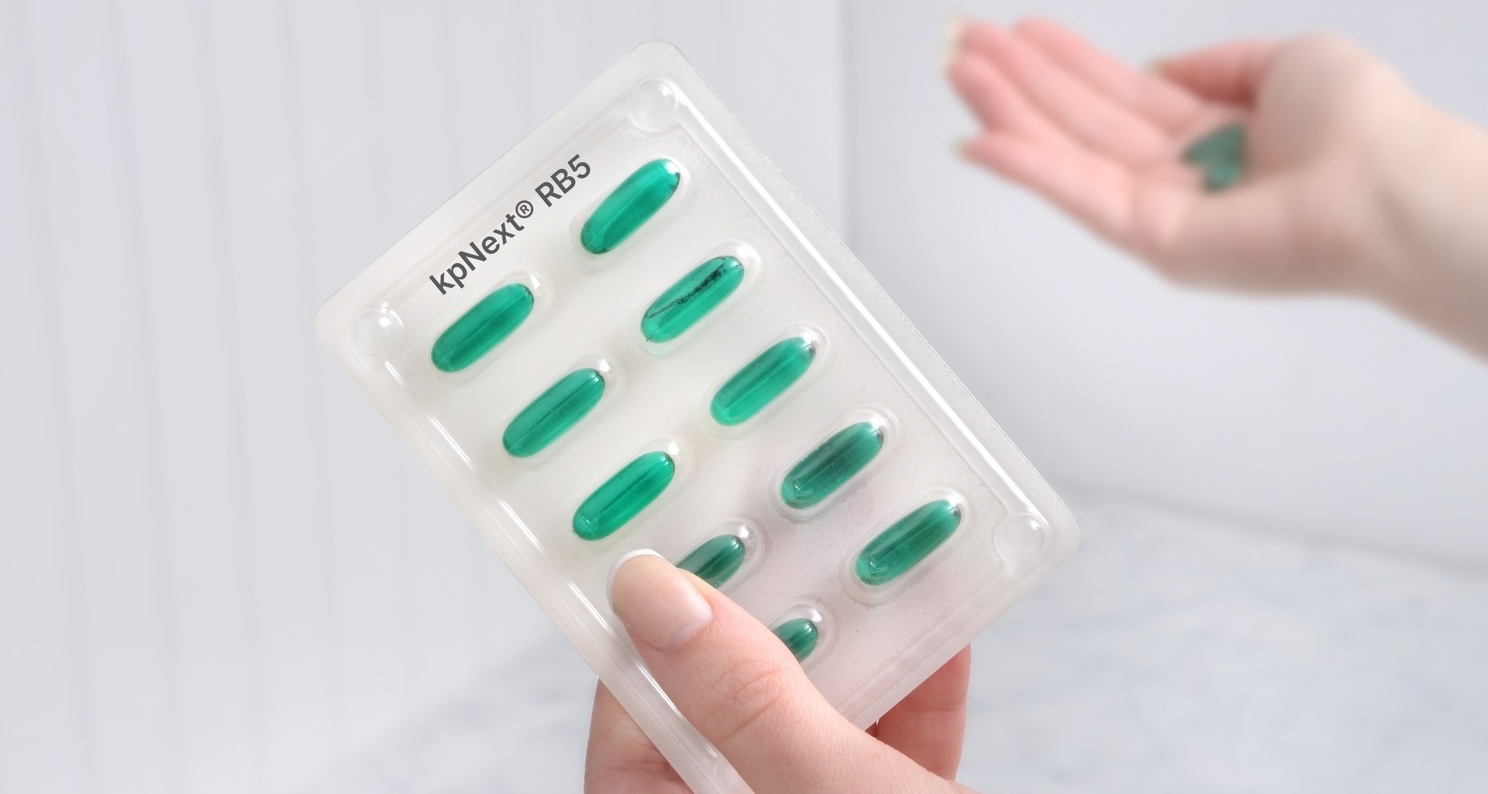Balancing Act: Sustainable Solutions in Pharmaceutical Packaging with kpNext®
Pharmaceutical blister packaging has long been a trusted means of housing medications, offering a protective barrier that ensures the integrity of pills or capsules. While traditional blister packs have been instrumental, especially for medications requiring specific barrier characteristics, their environmental impact has raised concerns. In this blog post, we explore the delicate balance between functionality and sustainability, spotlighting the eco-friendly advantages of the kpNext® family of pharmaceutical blister packaging.
Share this story

Understanding the Challenge:
Traditional blister packs, often composed of non-recyclable plastics or multiple layers of different plastics, present a challenge in terms of environmental sustainability. However, it's crucial to recognize that certain medications necessitate the unique barrier characteristics that only these multi-layered films can provide.
The Meaning of Recyclability:
Recyclability in packaging signals a positive shift towards sustainability without compromising the essential properties required for pharmaceutical products. Consumers can now include recyclable blister packaging, such as kpNext®, in their regular recycling bins, aligning with broader efforts to reduce environmental impact.
Introducing kpNext®:
In our exploration of sustainable alternatives, we turn our attention to kpNext®, a pioneering solution in the pharmaceutical packaging industry. kpNext® R1, crafted from a special PET formula, and kpNext® RB5, made from PP, are designed with recyclability in mind. These products not only meet high sustainability standards but also carry certificates of recyclability from the Institute Cyclos - HTP.
Environmental Benefits:
Choosing kpNext® products for pharmaceutical packaging introduces a positive environmental impact. The reduction of material sent to landfills or incinerators contributes to the availability of post-consumer recycled material, fostering a closed-loop system for sustainable manufacturing.
Addressing Challenges:
Challenges in adopting recyclable blister packaging arise from the unique barrier characteristics required by certain medications. Additionally, recycling centers may have limitations on the size of items processed through their systems. The industry is at a pivotal point, with the need for recycling centers to catch up with packaging manufacturers. However, kpNext® products present a promising solution without compromising functionality, designed as plug-and-play option on manufacturing lines. Pharmaceutical companies and their co-packers do not need to invest with specialized tooling or slow down their lines to accommodate kpNext® products.
Looking Ahead:

The pursuit of sustainable solutions in pharmaceutical packaging is a necessary and commendable step. The innovation brought by kpNext® not only addresses environmental concerns but also invites a thoughtful dialogue within the industry, setting the stage for a future where functionality and sustainability harmoniously coexist in pharmaceutical packaging.







